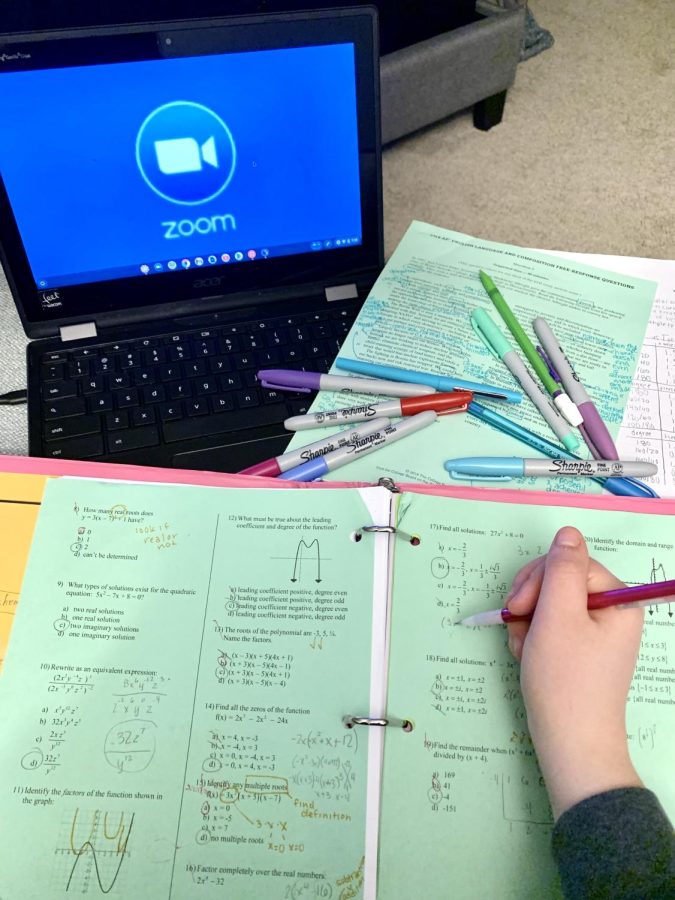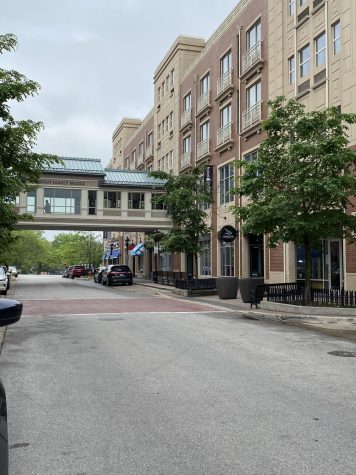Staff editorial: The remote learning do’s and don’ts
The avalanche of Omicron cases is forcing students all over the country to think about something they hoped to forget forever: remote learning. Here in Naperville, that fear runs free as schools around the Chicagoland area are already stopping in-person instruction. While there’s some evidence that Omicron may be peaking, the question remains: what is Naperville School District 203 going to do? We learned a lot last year about what works and what doesn’t. If the district is thinking about closing our physical doors, remote learning needs to fit the students’ needs. Here are some guidelines:
Office hours were a great asset during online school. With many students struggling with the shift to remote learning, office hours provided an easy way to receive extra help from teachers. It gave students many levels of much-needed academic support. Office hours allowed students to stop in for questions, make up tests and get some extra review time for upcoming tests and quizzes. The hours also allowed teachers to set up hours that were convenient for them. This also helps to further students’ ability to advocate for themselves. It’s the student’s responsibility to know when they need support and help from teachers. Should we go online, office hours should continue to be put into place.
The block schedule also benefited many students. It was the longest and most consistent schedule during online school, and it was in place for most of hybrid learning as well. Many students enjoyed only having three to four classes a day, allowing them to have more time to catch up or work ahead in many of their classes. The school day ending at 1:30 p.m. allowed for extra time for relaxation and homework before extracurricular activities. Implementing the block schedule again will also bring familiarity to many students. The inconsistent and sudden changes to the schedule created stress and disruptions to many students. Sticking with a familiar schedule will help everyone.
Although keeping the block schedule is important to remote learning, the 85-minute class periods are just too long. Research done by Neil A. Bradbury, a professor of physiology at Rosalind Franklin University, found that there is a decline in student’s attention span 10-15 minutes into a lecture. We do recognize that there are regulations, and that we need to be in school for a set amount of time. However, incorporating a break into every period and slightly longer passing periods will ensure that students are able to learn effectively. This break will allow students to either get extra help from their teacher, get a snack from the kitchen or just give their brains a break. Having breaks allows students to reset their attention spans. This will result in effective learning, better retention and an overall increased focus. Breaks should be deliberately implemented throughout the online school day.
The Zoom camera on/off debate was a common struggle between teachers and students. Teachers struggled to connect with their students and students felt that their personal space and comfort zone was being violated by being forced to have their cameras on. Turning off your camera should be a privilege to students, not a right. If a student demonstrates an inability to pay attention and participate in class with their camera off, teachers should have the ability to enforce the camera being on. But for students who are clearly engaged and getting their work done, having the camera off should be a choice. In an already difficult situation, simply allowing a student privacy during the school day works wonders.
The pandemic has affected many aspects of life negatively, school being one of them. Students were forced to learn mostly by themselves and teachers struggled trying to reach them. If remote learning comes knocking on our doors again, these are the best ways to improve student learning.











